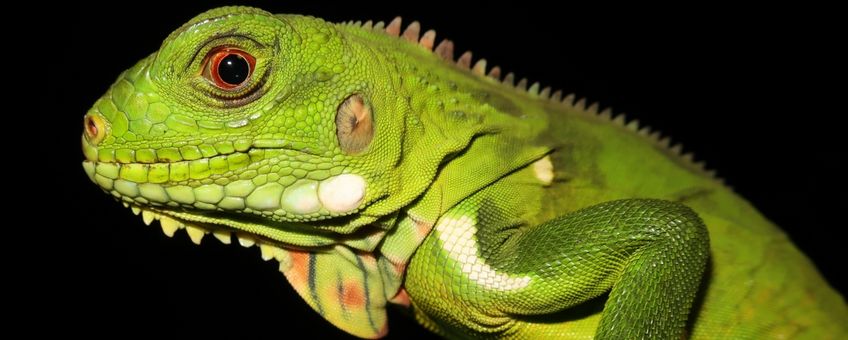
Emergency assistance contributes to the spread of invasive exotics
Dutch Caribbean Nature Alliance (DCNA), National Museum of Natural History MadridIn general, both exporting and importing countries are responsible for preventing the spread of exotic species. Unfortunately, devastating natural disasters paralyze local governments and their economies, severely impacting infrastructure and services. The authors of a new publication, in Biological Invasions (PDF; 0.3 MB), state that during natural disaster relief efforts, the responsibility to prevent the spread of exotics should lie with the assisting party / parties. Despite the urgency of providing rapid assistance, the removal of invasive exotics will be extremely costly in the long term. For example, more than $ 5 million has been spent in the Cayman Islands to reduce the invasive green iguana population. As a result, more attention must be paid to biosecurity during relief operations in the aftermath of natural disasters.
Spread
It is known that species can spread on floating material that entered the sea as a result of hurricanes. Due to the fact that all locations on Dominica where exotics have been found are located in or directly next to ports, researchers find this method of distribution very unlikely. Two exotics also occur on nearby islands, from which most of the relief supplies arrived. These relief goods either came directly from these neighboring islands, or were kept there for several months at storage locations since the Dominican ports could not handle the large amount of aid at once.
The invasive exotics
Researchers have identified the presence of three exotic species, two of which have since established themselves with a large population. These species are the green iguana (Iguana iguana) and the Cuban treefrog (Osteopilus septentrionalis), both of which also occur as invasive exotic species on other Caribbean islands. The main threat caused by the Cuban treefrog is its explosive growth combined with predation of both vertebrate and invertebrate endemic species. The biggest environmental threat of the green iguana is oppression and hybridization with the sister species, the lesser Antillean iguana. This critically endangered species has already become extinct on several islands after the introduction of the green iguana. Originally the lesser Antillean iguana was found on Saint Martin, where it is now extinct, and on Sint Eustatius, where the population is severely threatened with extinction. Preventing against invasions of non-native species also helps to protect damaged and recovering environments in areas that have experienced a natural disaster.
Text: Matthijs P. van den Burg (National Museum of Natural History Madrid) and DCNA
Photo: Charles R. Knapp (lead photo: hybrid iguana captured on Dominica)
